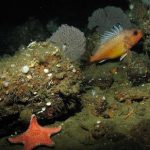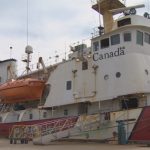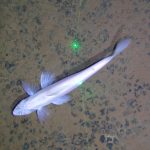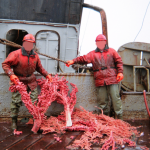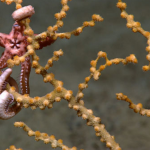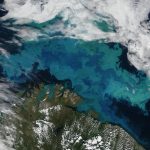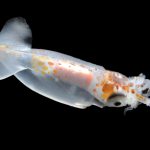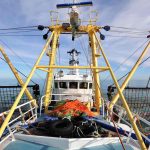Source: The San Diego Union-Tribune
Author: ALEXANDRA COUSTEAU & TED DANSON
The Pacific Ocean off California is unlike any other place in the world. Its fluorescent sunsets and powerful waves have been the inspiration for pop culture, art, education and conservation. Visitors and locals alike flock to California’s 840 miles of breathtaking coastline. However, just beyond the limits of the naked eye lies an important part of the ocean that many people don’t know about, the seafloor. Remarkably, we know more about the moon orbiting the Earth about 230,000 miles away than we do about the seafloor.
Continue reading Stand up for California’s seafloor

